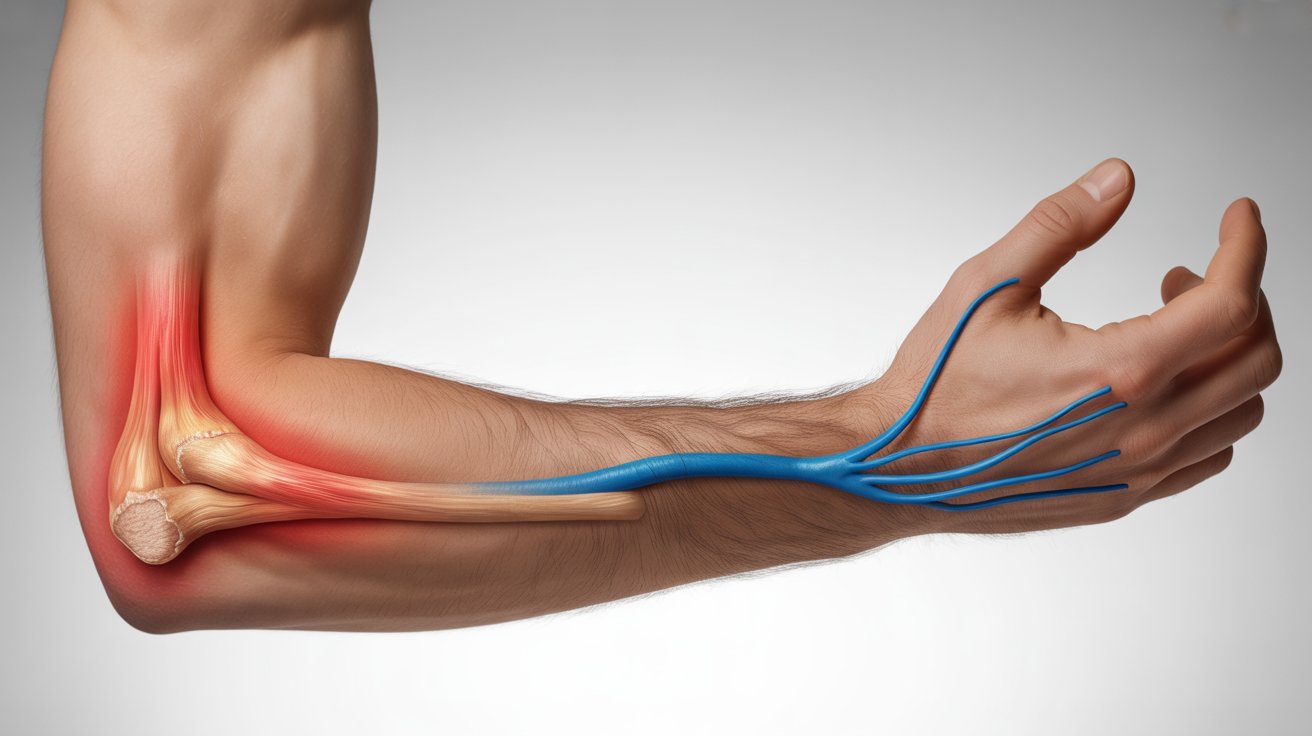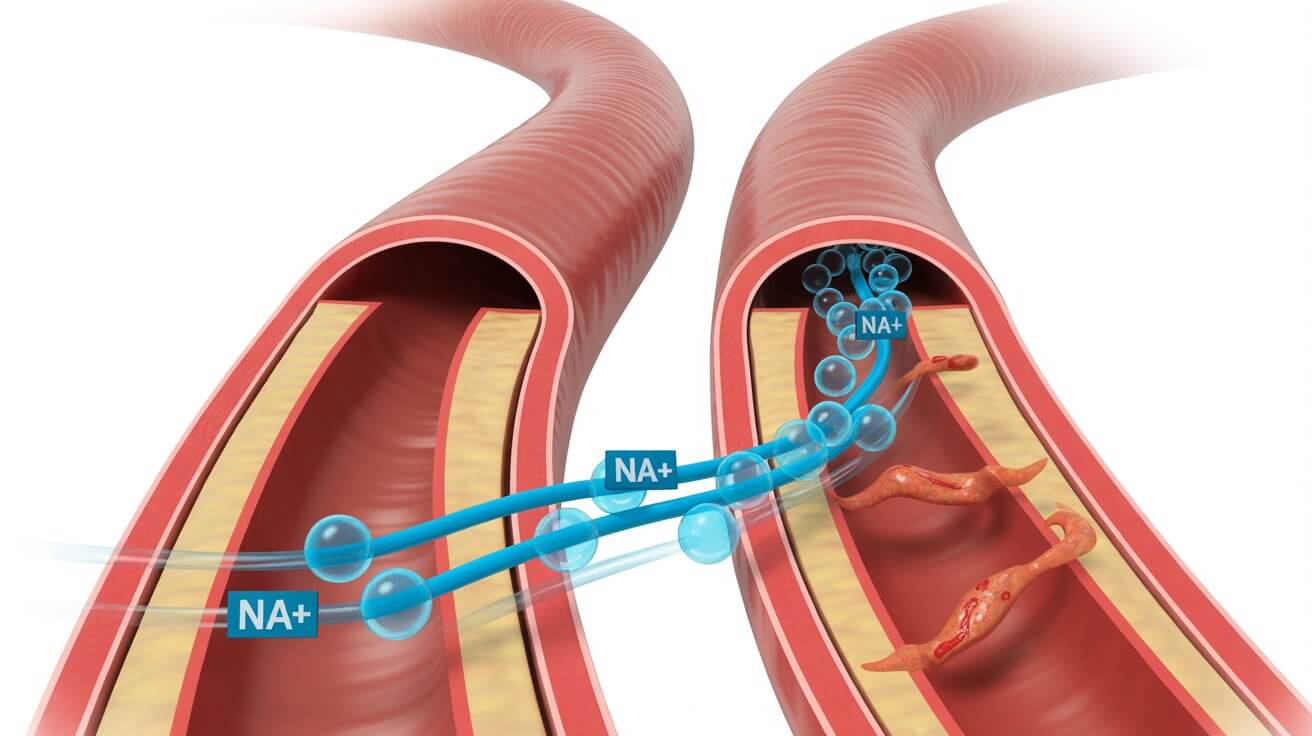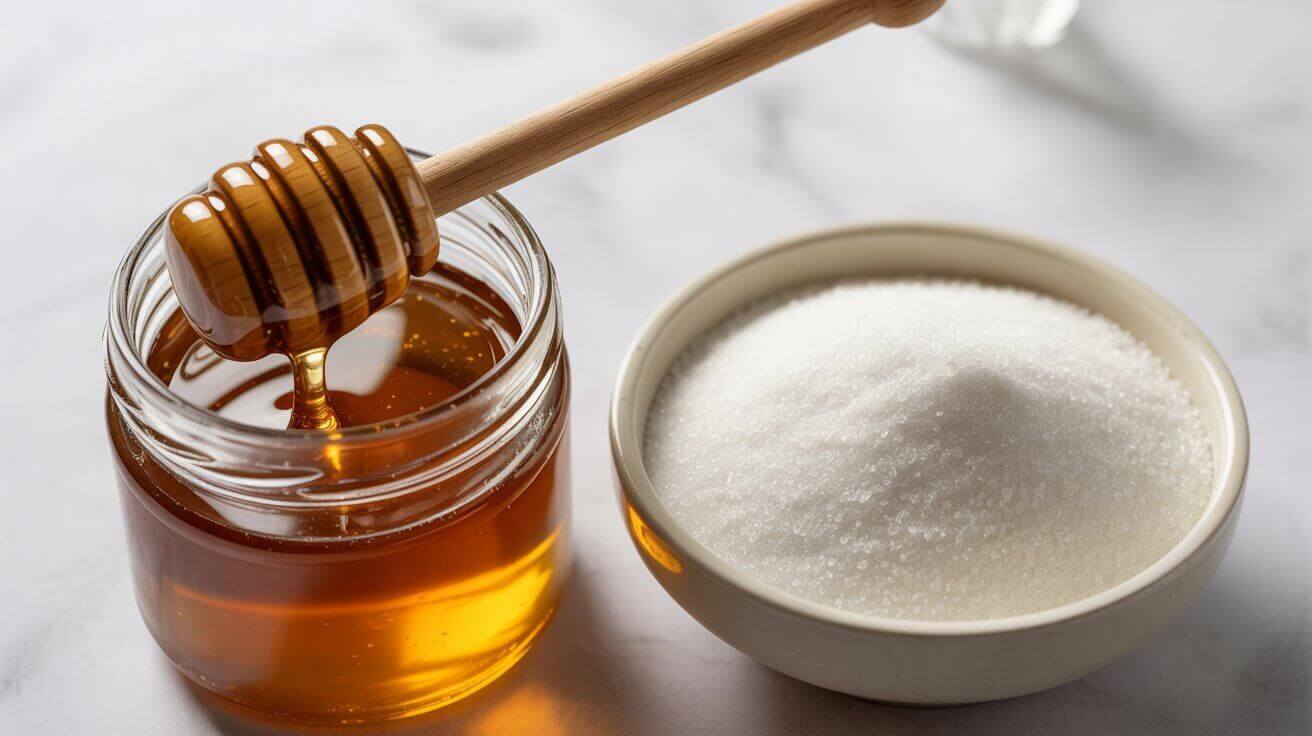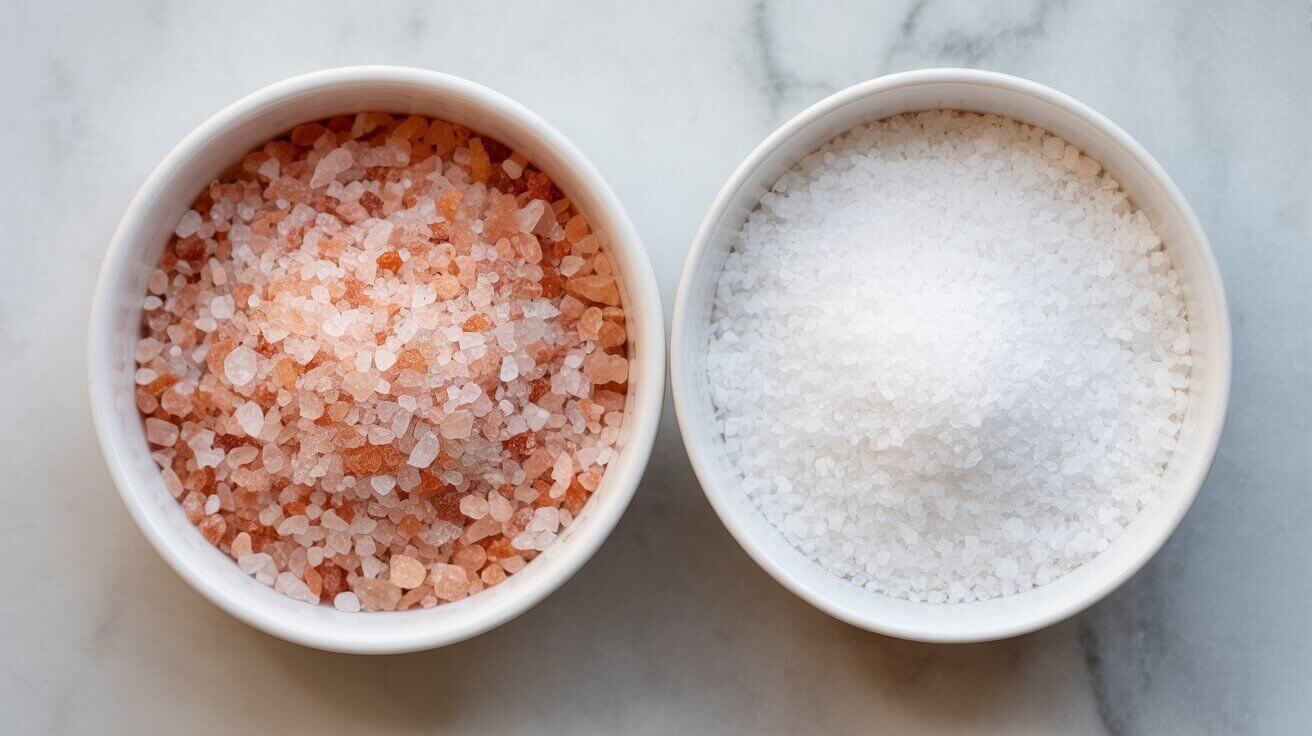It’s a familiar scene for many: enjoying a creamy latte or bowl of ice cream, only to experience uncomfortable lactose intolerance symptoms hours later. The bloating, gas, and stomach cramps can turn a pleasant moment into an embarrassing situation. If this sounds like your experience, you’re not alone. Understanding these symptoms and learning how to manage them can help you regain control over your digestive health and continue enjoying the foods you love.
That feeling of your stomach turning against you after enjoying dairy can be frustrating and isolating. It might make you second-guess every meal, scrutinize every label, and feel like your body has betrayed you. But what if you could understand what’s happening inside your gut and learn to manage it without completely giving up the foods you love? The good news is, you can. This isn’t about a lifetime of deprivation; it’s about empowerment through knowledge.
What Are Lactose Intolerance Symptoms?
To understand lactose intolerance, we need to talk about a specific sugar and a specific enzyme. Lactose is the natural sugar found in milk and dairy products. For your body to absorb this sugar, it needs to break it down into two simpler sugars, glucose and galactose. This job is performed by an enzyme called lactase, which is produced in the lining of your small intestine.
When you’re born, your body typically produces plenty of lactase. It’s essential for digesting breast milk or infant formula. However, for many people, the production of lactase starts to decrease after the toddler years. This is a genetically programmed process and is the most common cause of lactose intolerance, known as primary lactose intolerance. It’s not a disease or an allergy; it’s a natural decline in enzyme production.
When there isn’t enough lactase to break down the lactose you’ve consumed, the undigested sugar travels to your large intestine (colon). There, the gut bacteria that live in your colon begin to ferment it. This fermentation process is what produces the gas, bloating, and other uncomfortable symptoms associated with lactose intolerance. The severity of these symptoms often depends on how much lactose you’ve consumed and how little lactase your body is producing.
It’s important to distinguish this from a milk allergy. A milk allergy is an immune system reaction to the proteins in milk, like casein or whey. An allergic reaction can cause symptoms like hives, swelling, and even life-threatening anaphylaxis. Lactose intolerance, on the other hand, is a digestive issue confined to the gastrointestinal tract.
More Helpful Reads You Might Like:
Recognizing the Warning Signs
The symptoms of lactose intolerance can range from mildly annoying to severely disruptive, and they typically appear anywhere from 30 minutes to a few hours after consuming dairy. Because the symptoms can overlap with other digestive conditions like Irritable Bowel Syndrome (IBS), it’s helpful to recognize the pattern.
Common Digestive Symptoms
•Bloating: A feeling of fullness and pressure in your abdomen.
•Gas: The fermentation of lactose by gut bacteria produces hydrogen, methane, and carbon dioxide, leading to increased flatulence.
•Abdominal Cramps: The gas and undigested sugars can cause painful spasms in your gut.
•Diarrhea: The undigested lactose draws water into the colon, resulting in loose, watery stools.
•Nausea: In some cases, the discomfort can be accompanied by a feeling of queasiness.
When Symptoms Typically Appear
It’s crucial to remember that sensitivity varies. One person might be able to enjoy a slice of pizza with cheese without issue, while another might react to the small amount of milk in their coffee. This variability is normal and depends on your individual lactase levels.
Practical Ways to Manage Lactose Intolerance
Managing lactose intolerance doesn’t have to mean a sad, dairy-free existence. It’s about finding your personal threshold and using smart strategies to enjoy a balanced and delicious diet. Here are some evidence-based approaches recommended by health authorities like the National Institute of Diabetes and Digestive and Kidney Diseases (NIDDK):
Smart Dietary Changes
1.Become a Dairy Detective: Start by gradually reducing your intake of high-lactose foods to see how your body responds. Keep a food diary to track what you eat and any symptoms you experience. This will help you identify your personal tolerance level. Foods high in lactose include milk, ice cream, and soft cheeses. You might find that you can tolerate small amounts without any problems.
2.Choose Low-Lactose and Lactose-Free Options: The food industry has come a long way. You can now find a wide variety of lactose-free milk, yogurt, and ice cream in most grocery stores. These products have had the lactase enzyme added to them, pre-digesting the lactose for you. Additionally, some dairy products are naturally lower in lactose. Hard, aged cheeses like cheddar, Swiss, and Parmesan have very little lactose. Yogurt and kefir are also often well-tolerated because the live, active cultures they contain help break down the lactose.
Lactase Supplements and How They Help
Over-the-counter lactase supplements (like Lactaid or store-brand versions) can be a game-changer. These tablets or drops contain the lactase enzyme you’re missing. Taking them just before you eat dairy can help your body break down the lactose and prevent symptoms. This is a great option for those times when you want to enjoy a special treat without worrying about the consequences.
Finding the Right Dairy Alternatives
The market for dairy-free alternatives has exploded. Almond, soy, oat, and coconut milks are excellent substitutes in cereal, coffee, and baking. They are often fortified with calcium and vitamin D to match the nutritional profile of cow’s milk. Just be mindful of added sugars in some flavored varieties.
Supporting Your Gut Bacteria for Better Lactose Digestion
Here’s something fascinating: in adulthood, a significant portion of lactose digestion is actually performed by the beneficial bacteria living in your gut. These helpful microorganisms can break down lactose and reduce symptoms, which is why investing in a healthy gut microbiome is so important for managing lactose intolerance.
You can support these beneficial bacteria through healthy lifestyle habits. Eating a balanced diet rich in fiber from fruits, vegetables, and whole grains provides the nutrients these bacteria need to thrive. Fermented foods with live, active cultures—like yogurt, kefir, sauerkraut, and kimchi—can introduce beneficial bacteria to your digestive system. These foods may help reduce inflammation in your gut and assist in digesting any lactose you consume.
Yogurt and kefir deserve special mention because they’re dairy products that many people with lactose intolerance can actually tolerate well. The live cultures in these foods actively break down lactose during fermentation and continue to help with digestion once consumed. This is why some people who react to milk can enjoy yogurt without problems.
When It’s Not Just Lactose Intolerance
While lactose intolerance is common, it’s important to recognize that other conditions can cause similar digestive symptoms. If your symptoms are severe, persistent, or don’t improve with dietary changes, it’s crucial to consult with a healthcare provider for proper evaluation.
Several conditions can mimic lactose intolerance symptoms:
Small Intestinal Bacterial Overgrowth (SIBO): This occurs when bacteria overgrow in the small intestine, leading to bloating, gas, and diarrhea after eating various foods, not just dairy.
Celiac Disease: An autoimmune condition triggered by gluten that can damage the intestinal lining and temporarily reduce lactase production, causing secondary lactose intolerance.
Inflammatory Bowel Conditions: Conditions like Crohn’s disease or ulcerative colitis can cause inflammation that leads to poor nutrient absorption and fermentation, resulting in symptoms similar to lactose intolerance.
Irritable Bowel Syndrome (IBS): This functional digestive disorder can cause symptoms that overlap significantly with lactose intolerance, and some people have both conditions.
A healthcare provider can help distinguish between these conditions through appropriate testing and evaluation. This is especially important if you experience additional symptoms like unexplained weight loss, blood in stools, severe abdominal pain, or if dietary modifications don’t provide relief.
Living Well with Lactose Intolerance
Living with lactose intolerance can be a daily challenge, but it doesn’t have to control your life. By understanding the science, recognizing your body’s signals, and adopting a few smart strategies, you can navigate the world of food with confidence and comfort. It’s about finding a new balance that works for you, one that allows you to nourish your body without sacrificing pleasure.
If you suspect you have lactose intolerance, or if your symptoms are severe, it’s always a good idea to talk to a healthcare provider or a registered dietitian. They can help you confirm the diagnosis, rule out other conditions, and create a personalized plan that ensures you’re getting all the nutrients you need, especially calcium and vitamin D.
You are in control. With a little knowledge and experimentation, you can manage your lactose intolerance and continue to enjoy a rich and varied diet. It’s not about what you have to give up; it’s about what you can gain: digestive peace and a healthier relationship with food.
Frequently Asked Questions (FAQ)
1. Can lactose intolerance develop suddenly in adulthood?
Yes, lactose intolerance can develop at any age, and it’s actually quite common for symptoms to appear in adulthood. This happens because lactase production naturally decreases as we age—it’s a genetically programmed process that varies among individuals. Some people may notice symptoms gradually developing over time, while others might experience a sudden onset after an illness or significant stress. If you’ve recently started experiencing digestive discomfort after consuming dairy, it’s worth considering lactose intolerance as a possible cause and discussing it with your healthcare provider.
2. Do lactase supplements really work, and are they safe to use regularly?
Lactase supplements can be highly effective for many people with lactose intolerance when taken correctly. These over-the-counter supplements contain the enzyme your body isn’t producing enough of, helping to break down lactose before it reaches your large intestine. They’re generally safe for regular use, but the key is timing—take them just before eating dairy products for best results. However, effectiveness can vary between individuals, and some people may need to experiment with different brands or dosages. It’s always wise to consult with a healthcare provider about long-term supplement use, especially if you have other health conditions.
3. Are all dairy products equally problematic for people with lactose intolerance?
Not at all. The amount of lactose varies significantly between different dairy products, and many people with lactose intolerance can tolerate certain types better than others. Hard, aged cheeses like cheddar, Swiss, and Parmesan contain very little lactose because the aging process breaks it down. Yogurt and kefir with live, active cultures are often well-tolerated because the beneficial bacteria help digest the lactose. On the other hand, milk, ice cream, and soft cheeses tend to be higher in lactose. The key is finding your personal tolerance level through careful experimentation and keeping a food diary to track your reactions.
4. Can probiotics help improve lactose intolerance symptoms?
Research suggests that certain probiotic strains may help some individuals better tolerate lactose, though results can vary from person to person. Probiotics work by introducing beneficial bacteria to your gut that can help break down lactose and support overall digestive health. Some studies have shown promising results with specific strains like Lactobacillus acidophilus and Bifidobacterium. However, not all probiotic supplements are created equal, and what works for one person may not work for another. While probiotics aren’t a cure for lactose intolerance, they may be a helpful addition to your management strategy alongside dietary modifications and lactase supplements. Consider discussing probiotic options with your healthcare provider to determine if they might be beneficial for your specific situation.
5. Could my symptoms be caused by something other than lactose intolerance?
Yes, several other conditions can cause symptoms very similar to lactose intolerance, which is why proper medical evaluation is important if your symptoms are severe or persistent. Conditions like Small Intestinal Bacterial Overgrowth (SIBO), celiac disease, inflammatory bowel conditions (such as Crohn’s disease or ulcerative colitis), and Irritable Bowel Syndrome (IBS) can all cause bloating, gas, and digestive discomfort. Some of these conditions can even cause secondary lactose intolerance by damaging the intestinal lining where lactase is produced. If you experience additional symptoms like unexplained weight loss, blood in stools, severe abdominal pain, or if dietary changes don’t provide relief, it’s essential to consult with a healthcare provider for proper diagnosis and treatment.
Medical Disclaimer: This content is for educational purposes only and does not replace professional medical advice, diagnosis, or treatment. Always consult your physician or a qualified healthcare provider with any questions about a medical condition.
Sources & Further Reading
1.Malik TF, Panuganti KK. Lactose Intolerance. StatPearls Publishing; 2025. https://www.ncbi.nlm.nih.gov/books/NBK532285/
2.National Institute of Diabetes and Digestive and Kidney Diseases. Lactose Intolerance. https://www.niddk.nih.gov/health-information/digestive-diseases/lactose-intolerance
3.Harvard Health Publishing. Living with lactose intolerance. https://www.health.harvard.edu/staying-healthy/living-with-lactose-intolerance
4.Cleveland Clinic. 6 Ways To Relieve Lactose Intolerance Symptoms. https://health.clevelandclinic.org/remedies-for-lactose-intolerance
5.Johns Hopkins Medicine. Lactose Intolerance. https://www.hopkinsmedicine.org/health/conditions-and-diseases/lactose-intolerance
6.Mayo Clinic. Milk allergy and lactose intolerance in pregnancy. https://mcpress.mayoclinic.org/parenting/milk-allergy-and-lactose-intolerance-in-pregnancy/
7.Centers for Disease Control and Prevention. Cow’s Milk and Milk Alternatives. https://www.cdc.gov/infant-toddler-nutrition/foods-and-









